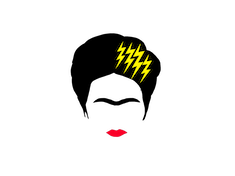Nuovo appuntamento per la serie di webinar FLASH organizzati dal virtual lab di fisica medica del TIFPA. Questa volta interverrà Walter Tinganelli, che presenterà i recenti risultati ottenuti con ioni carbonio.
Radiotherapy is crucial in cancer treatment since more than 50% of patients receive it throughout their treatment. The efficacy of radiation treatment has a limitation due to the toxicity in healthy tissue. High doses of radiation given in a short time, with ultra-high dose rates, are less harmful to healthy tissue but just as efficient as conventional dose rate radiation for tumor growth inhibition, the FLASH effect. Compared to radiotherapy delivered at conventional dose rates, the FLASH effect appears only when irradiation is performed with dose rates over 40 Gy/sec. Radiotherapy under FLASH conditions may become a new strategy to treat cancer as it can potentially widen the therapeutic window of radiotherapy. The effect has been demonstrated with electrons, photons, and protons. Our group recently published in vitro and in vivo FLASH radiation results with carbon ions. We demonstrate for the first time that the FLASH effect is possible even with ions heavier than protons, opening new perspectives in cancer treatment with heavy particles. We will present the results of a C3H/He osteosarcoma mouse model exposed to the entrance channel or the SOBP of an ultra-high dose rate of carbon ions. Compared to conventional exposure to carbon ions, the ultra-high dose rate of carbon ions spared the healthy tissues while providing comparable tumor control. Furthermore, the results point to fewer lung metastases in mice whose tumors were exposed under FLASH conditions than those treated with a conventional dose rate.
-------------------------------------------------------------------------------------------------------------
*Zoom link:
https://unitn.zoom.us/j/89517392318
Meeting ID: 895 1739 2318
Passcode: 785101


